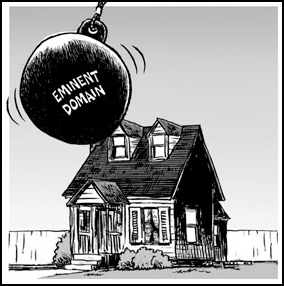
Coal mine, early 20th century
“Friendly fire” is one of those euphemisms that’s hard to square with reality. It occurs when some of your troops are out ahead, most likely going toe-to-toe with enemy forces. Reinforcements arrive. But the reinforcements mistake their own troops for the enemy and start firing at them. Whoops.
It’s nothing new. In Britain’s First Afghan War (1839-42), a contingent of Indian troops were arriving by sea at Karachi, Pakistan, the closest port of call to the front lines. They were to join up with other local troops from the Sindh who were also allied to the British. These Sindhi soldiers were stationed at a combination lighthouse-fortress that guarded the mouth of the harbor at Karachi.
When the warship carrying the Indian troops arrived in the harbor, the commander of the fort made the unfortunate decision to greet it with an artillery salute. The ship mistook this for an attack and opened fire. Within a very short time many of their Sindhi allies lay dead underneath the smoking rubble of what used to be a lighthouse and a fort.
And that’s the problem with the war on coal. There is no war on coal, but politicians can use it to get votes. Get people angry. Make them feel like victims. Then they’ll vote for you. Remember “Trump Digs Coal”?
CNN (yes, I know, it’s CNN) put out an interesting clip yesterday on whether Trump has fulfilled his promises on restoring coal mining jobs. Electricity generation is the leading use of coal in the United States, but the fact is that more and more coal-fired generation is shutting down not because of any Obama-era war on coal, but because coal-fired generation just cannot compete on price with natural gas-fired generation and, increasingly, with renewables.
But it’s easier to win votes if you can say there’s a war on. Then you have an enemy. In fact, it’s pure economics.
The reason that natural gas is cheaper is because of fracking and the development of reserves in what were previously hard-to-reach (if not impossible-to-reach) shale formations. Fracking and natural gas spurred economic development in Texas and Louisiana, along the Gulf Coast, in an area running through Pennsylvania, Ohio and New York known as the Marcellus shale, and in North Dakota in the Bakken.
Cheap natural gas is good for the manufacturing sector. You need steel to drill for natural gas. With cheaper natural gas, steel manufacturing costs go down. Which makes steel equipment for fracking less expensive. Which makes for more natural gas…and so on.
Cheap natural gas is a feedstock for other products, such as ethylene for plastics. You may not like plastics, but, face it, you use them every day without noticing it.
One of the concerns sparked by the recent death of FERC Chairman Kevin McIntyre is whether natural gas projects, such as pipelines, might be delayed. FERC has tried to allay those fears, but the magnitude of the concern shows one of the economic differences between coal and natural gas: transportation. Natural gas moves by pipeline. Coal moves by railroad. Large portions of the railroad infrastructure in the United States is in a dangerous state of decay, and needs to be rebuilt. In terms of economic returns, railroad repair would be a much better use of $5 billion than a wall along the Rio Grande.
Sure, environmental regulations hamper coal-fired generation, but the real deciding factor is the price of the coal-fired kilowatt-hour.
Coal-fired generation will continue to be used in the U.S., but it will decrease. If the government decides to keep coal alive, that’s a subsidy no matter what it’s called. To the extent you subsidize one player (coal) in a market (electricity), you hurt others (natural gas, renewables), and the other industries that depend on those other fuels — whether in North Dakota, along the Gulf Coast, or in the Marcellus.
And that’s why the war on coal is a war of 100% friendly fire.
Read Full Post »







